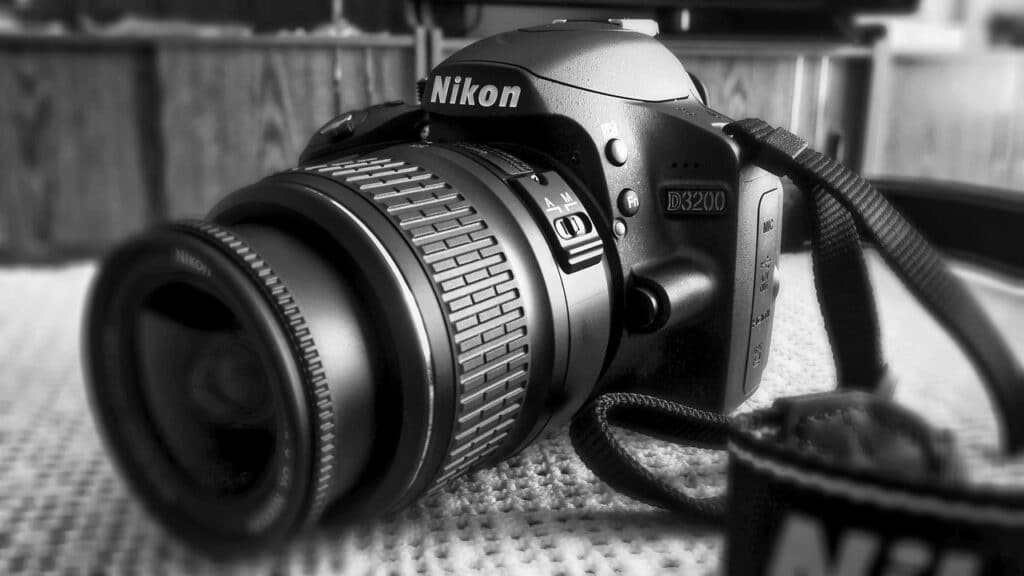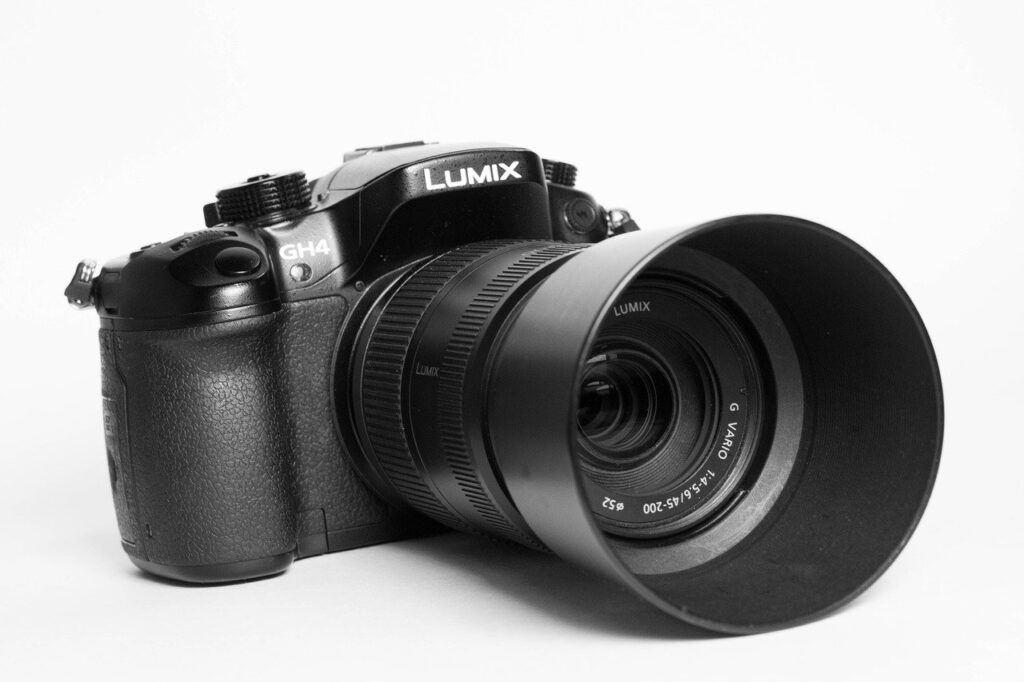Mirrorless vs DSLR Cameras for Beginners
Mirrorless vs DSLR camera is a question mostly asked by photography beginners.
Your decision on the mirrorless vs DSLR camera defines your photography style.
If you are taking up photography as a profession or you just have a passion for it, you might be in search of the right camera to serve you in the best manner.
DSLR or mirrorless, both serve the purpose quite nicely but it depending on your usage one would work better than the other.
We will compare the two in different dimensions so you can make the right decision for yourself.
What is a DSLR Camera?

A DSLR camera with a flip screen has a design that is very similar to the old film cameras.
It uses a mirror that is placed inside the body of the camera that reflects the light entering from the lens through the prism and into the viewfinder for you to preview the shot.
When you get the best shot you press the shutter button. The mirror flips and a shutter opens to reflect the light to the image sensor where the final image is captured.
What is a Mirrorless Camera?

The working of a mirrorless camera is very different and a lot simpler.
Light passes through the lens of the camera and falls directly on the image sensor that transmits the preview to the rear screen for you to preview.
Some newer models also have a secondary screen in the viewfinder which you can view by putting the camera right up to your eye.
The Comparison of Mirrorless and

DSLR Cameras
Mirrorless and DSLR both have some positive points and some negatives. It’s for you to decide which pros are more important to you and which cons you can compromise on to decide which camera you should buy.
1. Weight and Size

DSLR Camera: Having more parts fitted in the body like a mirror and a prism, DSLR is rater bulky and also has a bigger size.
Mirrorless Camera: Mirrorless Cameras, on the other hand, can be lightweight and rather small in size. They usually have a simple construction that allows them to be compact and hence easy to carry around. Check out the best Canon mirrorless cameras
2. Autofocus Speed
DSLR Camera: A DSLR camera uses phase detection that measures the convergence of two different beams of light and gives you quick autofocus. It is speedy in bright as well as dim light.
Mirrorless Camera: Mirrorless cameras use contrast detection that detects the contrast from the image sensors. Contrast detection is a bit slower as compared to phase detection, especially when used in dim lights.
It should be noted here that nowadays there are mirrorless cameras that use both phase detection and contrast detection and hence come up in competition with DSLRs.
3. Image Preview
DSLR Camera: In DSLR you can use an optical viewfinder that shows you the exact image that you will capture. DSLR has a very good preview in brightly lit surroundings as well as in dim light.
So it has an advantage over mirrorless cameras when it comes to taking pictures in dim lights.
If you are to take a lot of pictures in low light then it’s better to go for a DSLR but if most or nearly all of your pictures are to be taken in bright light then DSLR and Mirrorless both will work well for you.
Mirrorless Camera: Mirrorless camera uses an electronic viewfinder or an EVF that is good when you have brightly lit surroundings but can be a challenge in dim lights or when you have to take a picture of a fast-moving object.
These cameras have to slow down the speed at which they camera will take the picture so that they can capture more light but still has to show a moving object, this results in a grainy and dull preview.
4. Image Stabilization
DSLR Camera: Cameras offer image stabilization either by using a sensor stabilizer or a lens stabilizer. These stabilizers move the sensor or the lens in the opposite direction in which the camera is shaking.
This gives a sharper and crisper image rather than having a blur and moved image due to a slight movement of your hand. These sensors usually work well for slight movement but not for more significant movement.
Mirrorless Camera: Mirrorless cameras are one step ahead in image stabilization as now some of the mirrorless cameras offer 5 axis image stabilization that is not found in DSLRs.
They give the best results when it comes to image stabilization but the problem is that these cameras are pretty expensive and hence are not affordable for many people.
5. Shooting Speed
DSLR Camera: Both cameras use technologies that can shoot at very fast speeds and you can take image after image. Some high-end DSLRs are far better at shooting speed and can capture more images per second than the other DSLRs.
Mirrorless Camera: Mirrorless cameras are a step ahead in shooting speed because of their simple mechanism. It doesn’t use a mirror and that increases the speed at which the image is captured.
High-end DSLRs are an exception but typically mirrorless cameras are capable of capturing more images per second as compared to DSLRs.
6. Battery Life
DSLR Camera: DSLR has a longer battery life as compared to mirrorless cameras. This is because you can shoot images without the use of power, as DSLRs can shoot without the use of an electronic viewfinder or an LCD.
Both of these require a genuine amount of power, though it will be an equal battery life if you use the LCD screen a lot to view the images that are captured. This will require more power and hence the battery will die quickly.
Mirrorless Camera: Mirrorless camera uses an electronic viewfinder and an LCD and both of them require power, hence the battery life of a mirrorless camera is not as good as a DSLR.
Whereas both cameras have removable batteries, you can always carry a spare with you at all times.
7. Lenses and Accessories
DSLR Camera: DSLR cameras have a very large number of lenses available for use. You can have access to hundreds of lenses ranging from very simple and cheap to highly expensive ones and professional lenses.
You can find the lenses of each range and buy the ones that suit your needs as well as your pocket.
Mirrorless Camera: Mirrorless cameras offer a limited number of lenses to choose from and hence you don’t have a wide range to make a choice. You would have to select from a maximum of 3 dozen lenses.
Mirrorless cameras are lacking behind in the case of lenses but this is improving and manufacturers are preparing more lenses for mirrorless cameras but still, DSLR is unbeaten.
8. Durability
DSLR Camera: DSLR cameras have a range of durability. Depending on how much you are willing to pay you can get waterproof and alloy bodies which increase the durability of the cameras.
Mirrorless Camera: The durability of mirrorless cameras is also improving with the newer models. These cameras are also made more sturdy and resistant to elements.
Parting Notes:
DSLRs and mirrorless both have their advantages and disadvantages, DSLRs are more proficient in taking pictures in low lights, have better battery life, and offer a large range of lenses whereas mirrorless cameras are a clear winner when we talk about size, weight, and shooting speed.

Comments are closed.